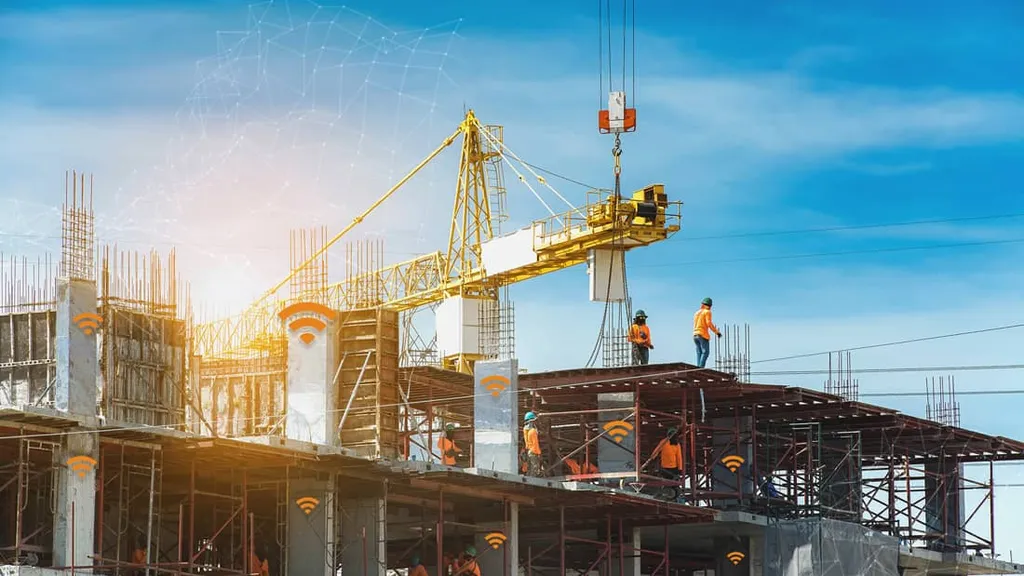In the world of construction and infrastructure, the challenge of maintaining and extending the life of ageing reinforced concrete (RC) structures is a pressing concern. With environmental and economic imperatives driving the need for sustainable solutions, a novel approach to post-strengthening remote monitoring has emerged, offering a glimpse into the future of structural maintenance. At the forefront of this innovation is Yaroslav Blikharskyy, from the Department of Highways and Bridges, whose recent research, published in the *Journal of Engineering* (translating to *Журнал инженерии* in Russian), presents a compelling case study that could reshape how we approach infrastructure rehabilitation.
Blikharskyy’s study focuses on the critical need to prolong the service life of existing RC structures, a goal that aligns with global sustainability efforts. “Prolonging the service life of existing RC structures promotes sustainability by reducing waste, conserving resources, and minimising environmental impact compared to demolition and new construction,” Blikharskyy explains. His research introduces a novel framework that combines digital image correlation (DIC) and submicron indicators, two technologies rarely used together in rehabilitation projects, to enable precise, noninvasive tracking and real-time performance assessment.
The case study involved an RC flooring system, where the integrated monitoring approach demonstrated remarkable consistency. “The two monitoring methods provided results with less than a 5% difference in strain and deflection measurements,” Blikharskyy notes. This compatibility not only ensures the reliability of the monitoring system but also confirms the seamless integration of old and new structural components, a crucial factor in any rehabilitation project.
The implications for the energy sector are significant. Infrastructure supporting energy facilities, such as power plants and renewable energy installations, often requires robust and reliable monitoring to ensure safety and efficiency. The ability to remotely and accurately track structural performance can lead to early detection of anomalies, reducing the risk of failure and extending the service life of critical infrastructure. “The proposed holistic, data-driven framework ensures early detection of performance deviations, enhances structural reliability, and reduces the risk of failure,” Blikharskyy states.
The commercial impact of this research is substantial. By adopting such advanced monitoring technologies, energy companies can minimize downtime, avoid costly repairs, and ensure the longevity of their assets. This proactive approach to maintenance aligns with the growing trend towards predictive and preventive strategies in infrastructure management, ultimately leading to more sustainable and cost-effective operations.
Blikharskyy’s work represents a significant step forward in the field of structural engineering. The integration of disparate digital technologies within a post-rehabilitation monitoring strategy addresses a critical gap in traditional inspection practices. As the demand for sustainable and efficient infrastructure solutions continues to grow, this research offers a robust and reliable method for long-term infrastructure management and safety.
In conclusion, Blikharskyy’s innovative approach to post-strengthening remote monitoring holds immense potential for the construction and energy sectors. By leveraging advanced technologies, this research paves the way for more reliable, efficient, and sustainable infrastructure management, ensuring the safety and longevity of our built environment. As published in the *Journal of Engineering*, this study serves as a beacon for future developments in the field, inspiring engineers and researchers to explore new frontiers in structural maintenance and rehabilitation.

